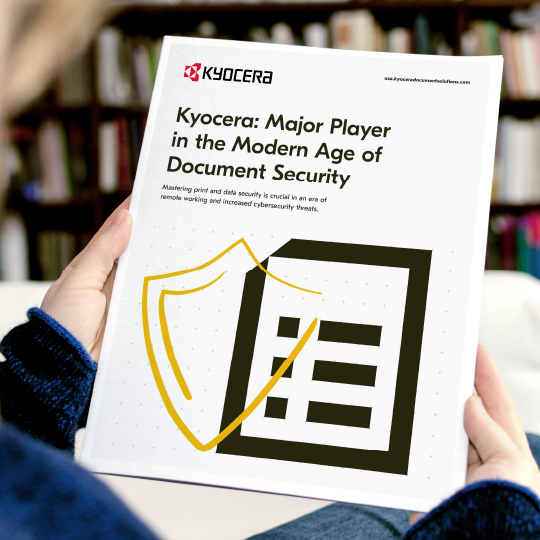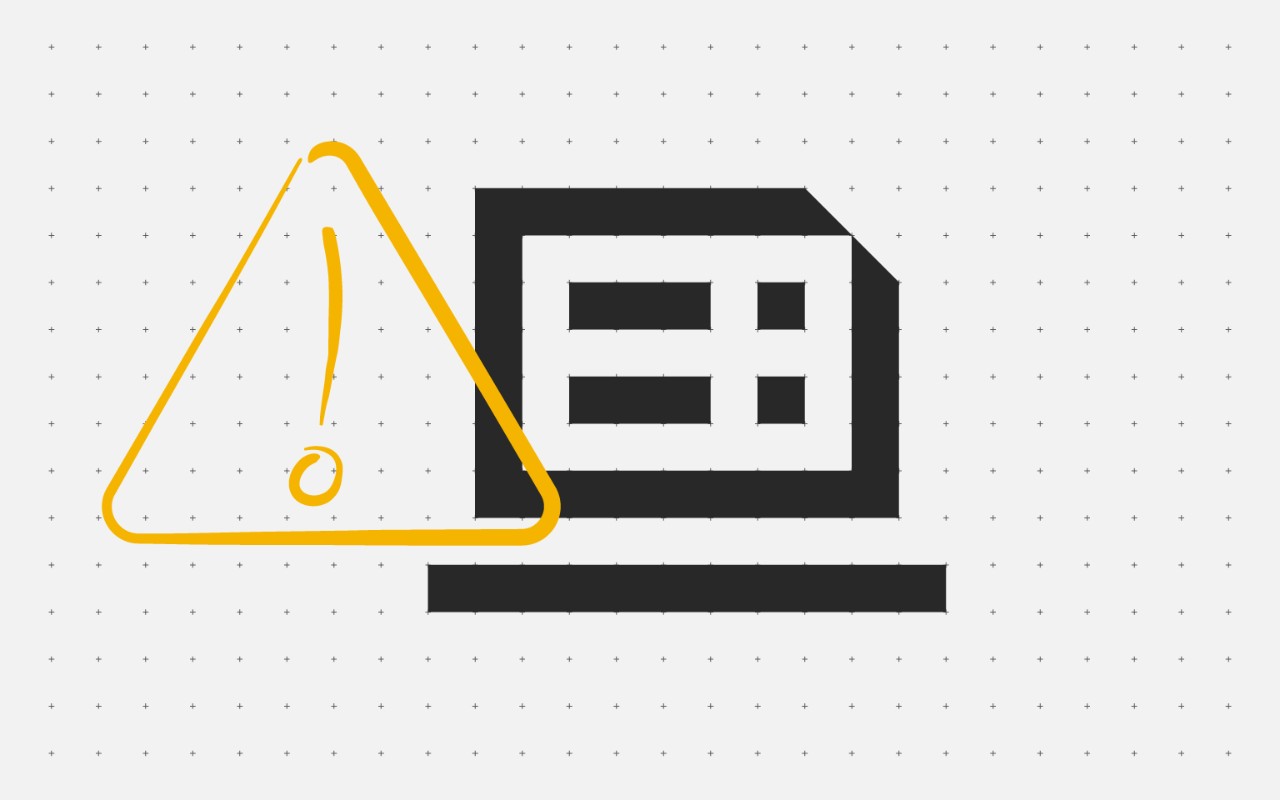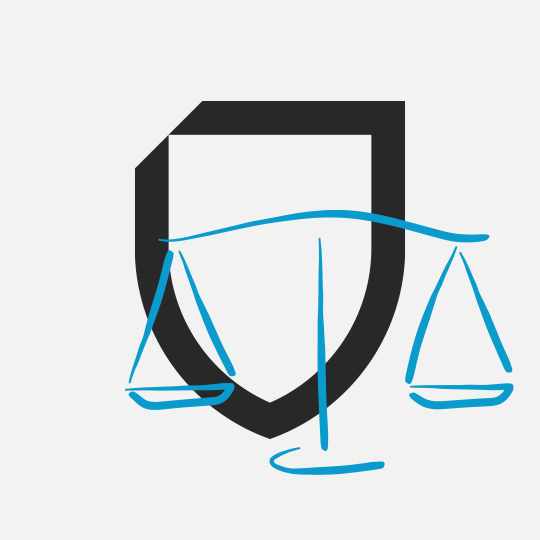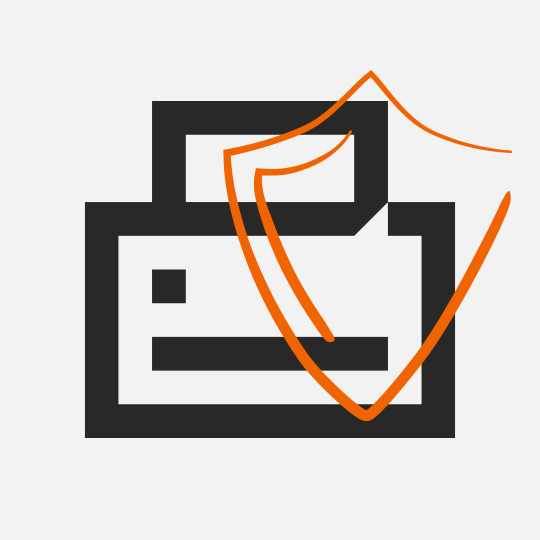“You only find out who is swimming naked when the tide goes out.” Warren Buffett’s warning to Berkshire Hathaway shareholders in February 2008 of the imminent woes facing financial institutions could be just as well applied to the tremendous impact COVID-19 has had on today’s businesses.
Long before the onset of the coronavirus, digitalization had set in motion several trends relating to technology, innovation, and mobility, to name but a few. In the blink of an eye, these trends were accelerated at a rate that few could have imagined and the ill-prepared have been left badly exposed to an unprecedented wave of malicious security threats.
"Companies who failed to build a solid security system have been badly exposed.
Unchartered territory
Employees were tasked with working from the confines of their home, ill-equipped in terms of training and technology to be able to carry out their daily tasks as if they were still in the traditional office environment.
The crisis has seen our dependence on digital tools and solutions increase dramatically.
Companies have been forced to adjust, adapt, experiment, and overcome unforeseen obstacles while trying to avoid a disruption to business. All this against the backdrop of a historic economic crisis.
To compound matters, the World Economic Forum’s COVID-19 Risks Outlook, cyberattacks and data fraud are considered the most likely technological risks of COVID-19 for the world.
Considering the fact many companies are now facing the task of balancing a phased return to the traditional office environment with team members continuing to work remotely, it is unsurprising that this state of flux will leave businesses exposed to severe security threats.
These include the following:
Connection points: With staff spread out across towns and cities, the number of potential points of cyber-attack has grown exponentially. Shared databases are now being accessed via Wi-Fi networks over which companies have virtually zero control.
Collaboration: Teams still need to print, scan and share documents from home on a daily basis. Without a secure document management solution, companies are at risk of confidential documents falling into the wrong hands. Cloud solutions will continue to take center stage and business leaders must ensure a secure migration so that employees can work together efficiently and safely.
Third-party threats: Remote working is here to stay. Many employees are working from their shared apartment and will continue to do so, while others will elect to work from a local café or a nearby shared workspace. When it comes to confidential documents and information, as mobility increases so too does the risk of unwanted third-party intrusion.
Control: Employees access databases and print and share documents using different types of devices and manufacturers. Given this brand/device inconsistency, maintaining control becomes increasingly difficult. In terms of print security, it will be those who opt for a standardized fleet across the board that will achieve the control they need to safeguard their data and documents. With the increase in the number of devices accessing shared networks on the go, companies must be able to easily control access permissions and track who has been using a given device.
Prior to the pandemic, IDC’s 2019–2020 Vendor Assessment report detailed how many IT managers and Chief Information Security Officers (CISOs) still assumed that systems put in place to protect the network would extend to other connected peripherals. They warned that security around network perimeter is “crumbling,” and “every device connected to the network is now an endpoint security risk, printers and MFPs included.”
Those who fail to heed this warning will learn the hard way that companies who failed to build a comprehensive and robust security framework into the heart of their enterprise have now been left badly exposed.
The pandemic has presented a prime opportunity for companies to shift away from IT department-dependence when it comes to cybersecurity towards the development of security core competencies across the entire business.
This entails the creation of a robust security framework underpinned by a proactive, rather than reactive approach to facing the risks.
The future and cyber resilience
Regardless of type, data breaches are bad news for business. IDC states that the result of a security breach to the print and document infrastructure is no different to that of any other security lapse: downtime costs, fines associated with corporate governance and regulatory compliance, as well as reputational damage.
In the post-COVID-19 world, it’s no longer “business as usual.”
In this volatile and ever-changing world, businesses need to become more mobile and adaptable without jeopardizing security.
David Ferbrache, Global Head of Cyber Futures, KPMG, argues that the pandemic has outlined the need for greater cooperation and collaboration across all domains in order to combat what he calls “ruthless entrepreneurial cyber criminals who exploit the situation for gain.”
Security in the digital age requires a united effort, and workers need to be equipped with the necessary tools and knowledge to be able to work more flexibly and efficiently without putting confidential business data at risk. This is the only way to build a culture of cyber resilience.
Companies who fail to do so might not get a second chance.

Your guide to securing what’s most valuable
To get your free copy of our security eBook, click here.
Our security expertise to help you
Check our out series of security-related articles which provide expert insights into how to protect your business.



